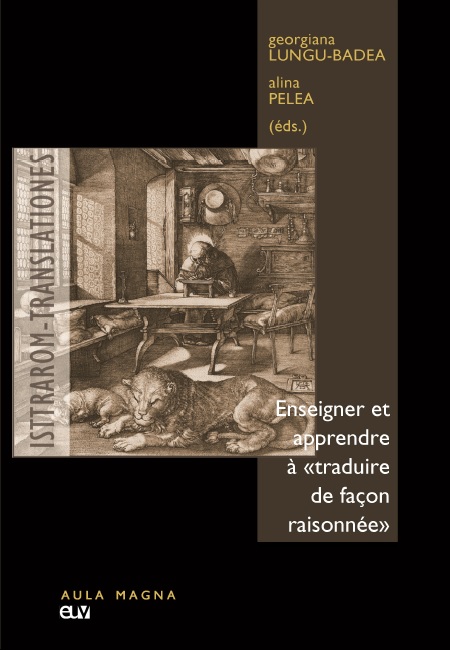Du bon usage du «client impur»
On the good use of the "impure customer"
Author(s): Alina Pelea, Iulia Bobăilă
Subject(s): Language and Literature Studies, Foreign languages learning, Translation Studies
Published by: Universitatea de Vest din Timişoara
Keywords: applied modern languages;sight translation;specialized translation;consecutive interpretation;consecutive interpreting;translation evaluation;translation studies;
Summary/Abstract: Starting from the authors’ experience as teachers of translation – in the broadest sense of the term – in the well-defined context of an Applied Modern Languages Department, they set to highlight the advantage of using similar and consistent methods in order to make students understand the common as well as the specific mechanisms of the different types of translation: translation from L1 into L2 and from L2 into L1, sight translation, specialized translation, consecutive interpretation. It has been their contention that students should be able to grasp the complementarity between the different disciplines involving translation. Moreover, teachers should make them aware of the need to acquire various skills – among which that making an objective self-assessment – in order to meet the demands of the job market. The authors’ work focuses on the benefits of self-assessment at each stage of the training of translators and on how they approach it in class depending on the type of translation taught. A questionnaire sent to students complements their perspective.
Book: Enseigner et apprendre à traduire de façon raisonnée
- Page Range: 177-195
- Page Count: 19
- Publication Year: 2015
- Language: French
- Content File-PDF

